Old and new hardware can get along just fine. Just like Pixar taught us.
In the early days at Macminicolo, many customers were glad to have a Mac-focused colo company. In addition to their Mac minis, they’d also send in their Xserve for colocation. We had plenty of space so we were happy to bring them in. Also, revenue is nice for a new company. A photo from those days can still be found on Appleinsider.
As the Mac mini became Apple’s most popular server, we started to phase out the Xserve hosting. These machines were six times the size and way more power-hungry than the Mac mini so they weren’t as profitable for us. We were in the Mac mini niche so I was happy to see them go from our space. In fact, when Apple announced the Xserve EOL in 2010, I bought XserveDeathWatch.com and the site showed a countdown to Jan 31, 2011. It was good marketing for us at the time, though I received a lot of interesting emails. I could have easily populated BrianDeathWatch.com with those emails.
Here we are in 2017 and we're bringing back a second life for the Xserve.
Since Macminicolo merged with MacStadium, we now have more space and many more options for Mac mini, Mac Pro, and 1U servers like the Xserve. While Mac Pro is definitely our focus, I feel like I owe the Xserve fans an update.
Our hosted Mac private clouds are powered by VMware and include unlimited use of vSphere Enterprise (ESXi) 6.x. Since this software can handle any number of server nodes to draw from, we use both Mac Pro and Xserve to build the fleet for customers. This helps us find just the right balance of price and power for any situation.
All of our Xserves have the 8Core 2.93GHz processor and 48 or 96GB of RAM. (Sidenote: These machines are similar to the Mac Pro 4,1 build.)
So if a customer has a smaller budget but high demand for CPU and RAM in their virtual machines, they may be better off with 8 Xserves instead of 2 Mac Pros. Or perhaps a mix of both. We have one customer with 120+ Xserve machines spread across our three data centers. This gives them a powerful private cloud with geographic and hardware redundancy.
Let’s have some pictures to tell the story:
We buy hundreds of Xserves at a time. Usually, it starts when Apple or a reseller gives us a call to let us know that someone is doing a hardware refresh or closing down operations. As they come in, we do testing and get them uniform in specs.
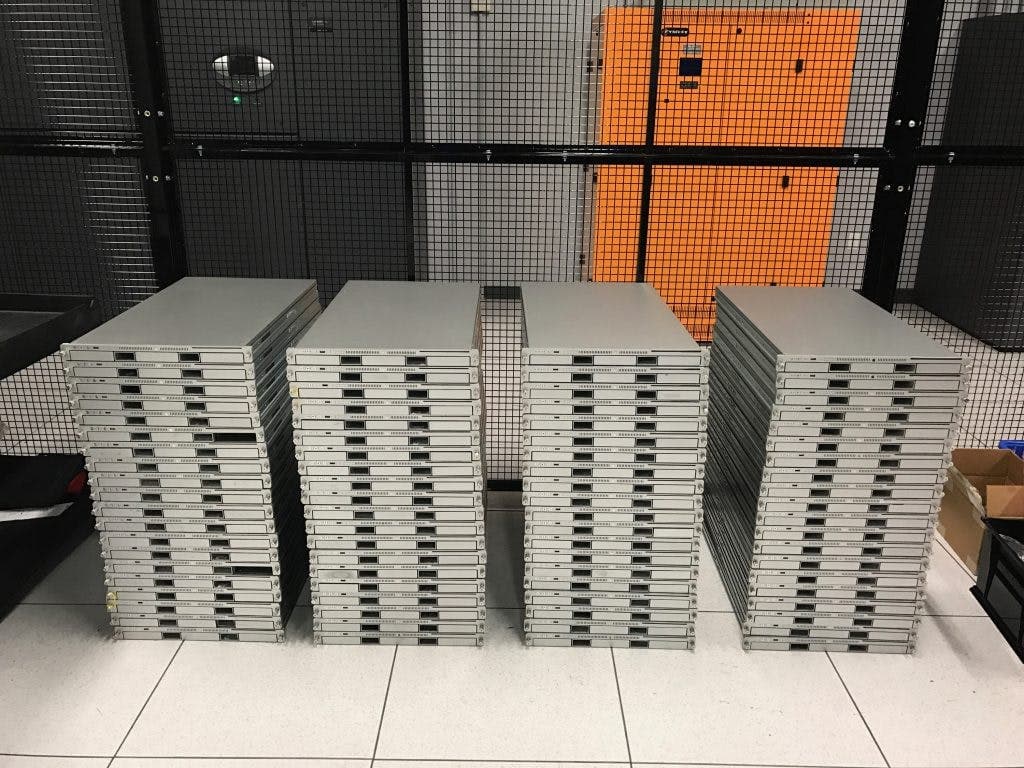
We have custom made rail kits that will let us rack 4 Xserve at a time:
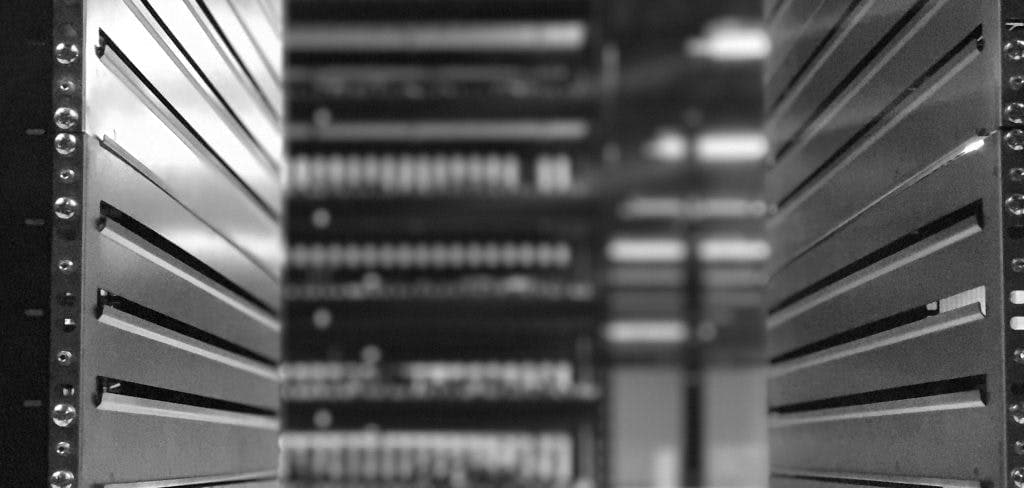
In most cases, we remove the internal storage. As the internal drive is removed, so also goes the "heat-producing, power-hungry, susceptible to failure" part of the server as well.
Sierra 10.12 is the first macOS that Xserve cannot run bare metal. We load ESXi on a USB flash drive to boot the Xserve as a node in the private cloud. The ESXi allows the machine to run 10.7-10.12 as VMs, along with Windows and Linux. Win, win, win.
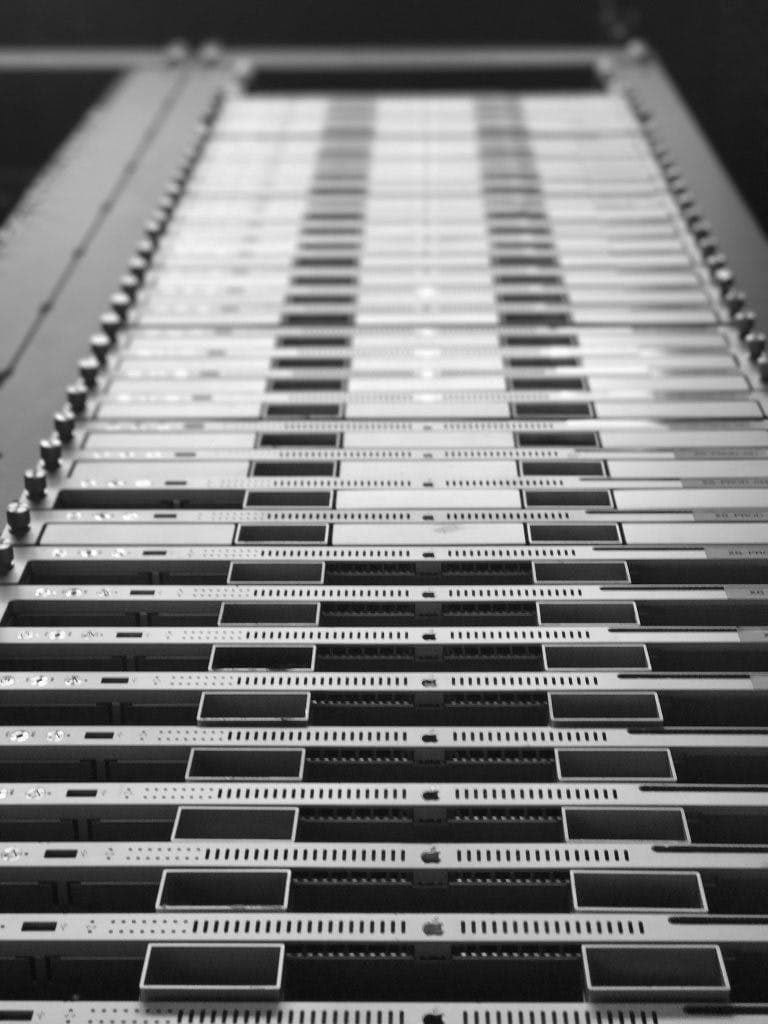
Instead of internal storage, dual fibre channel connects customers to our all-flash, high-performance Pure Storage SAN. (Included in our Medium and Large private clouds.) The high performance is the key to build, manage and tear down VMs on-demand for iOS and Mac testing. Also, the orange and green look awesome.
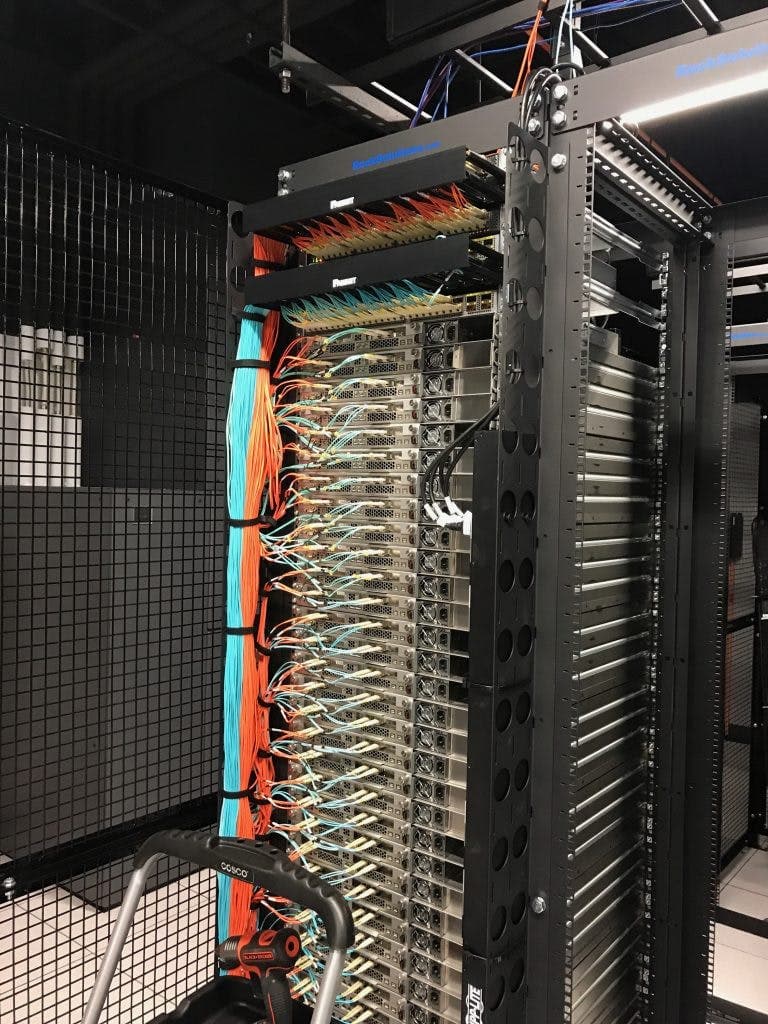
So now our Xserve collection grows alongside our expanding Mac mini collection:
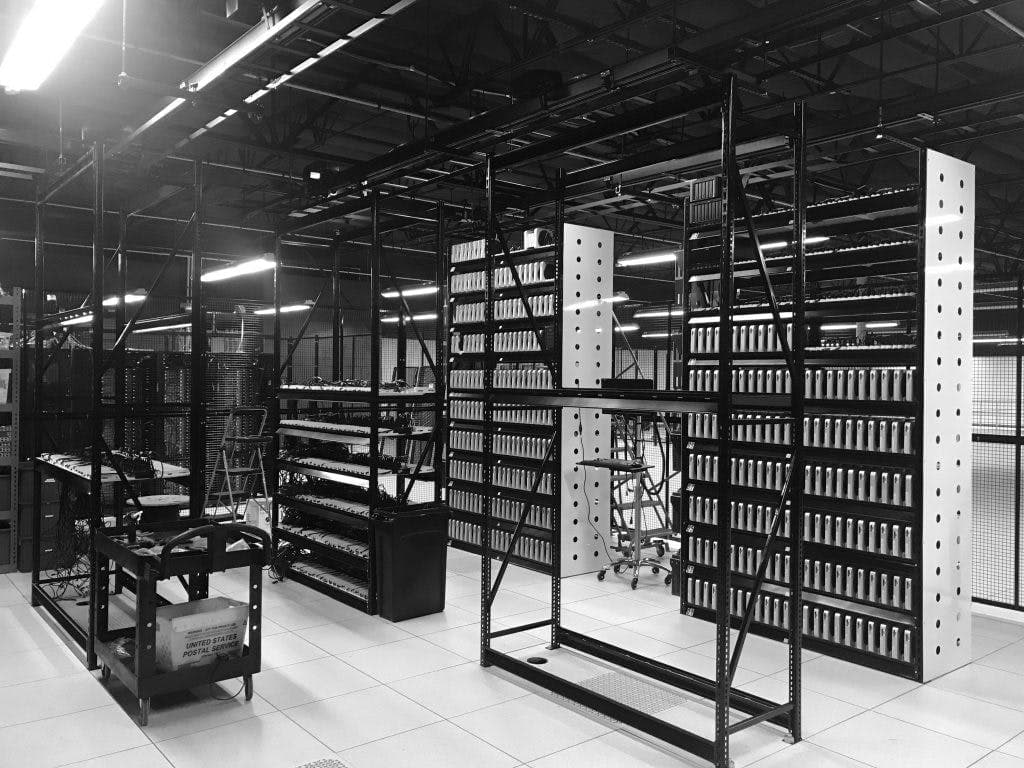
And our walls of Mac Pros:
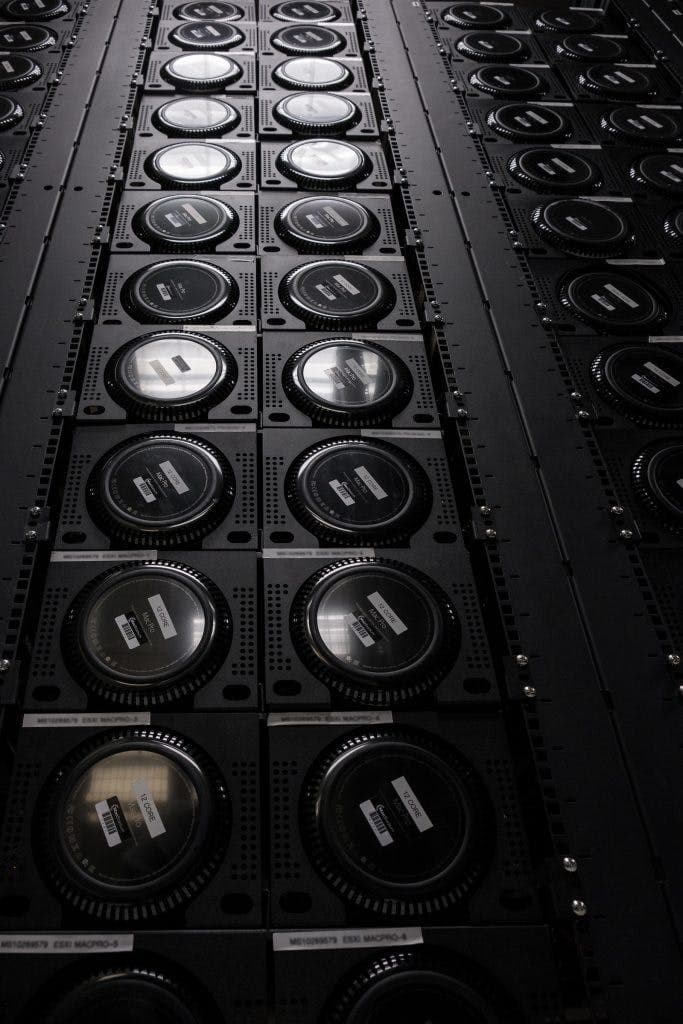
When it comes to a Mac private cloud, all of the Macs, old and new, can get along just fine together.
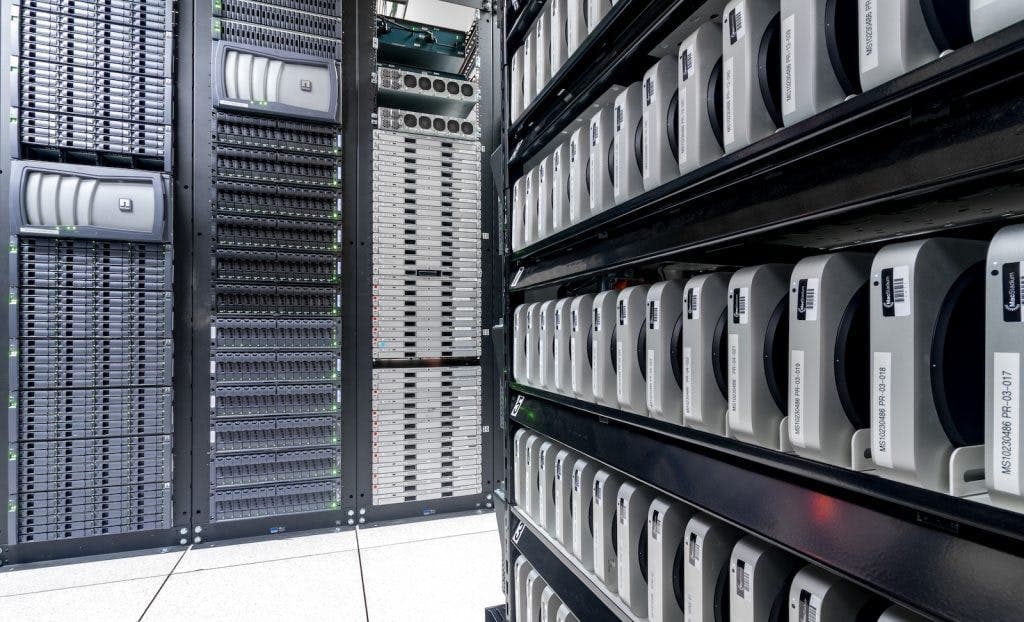
We'd love to hear your stories of Xserve and how you used them. Send us a note on Twitter at @Macstadium.
